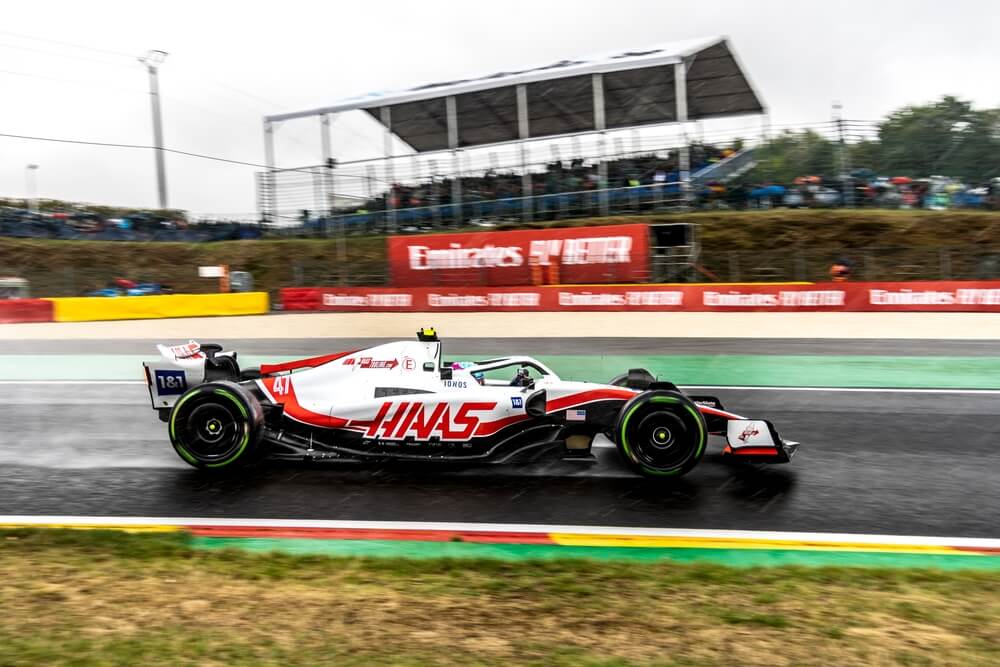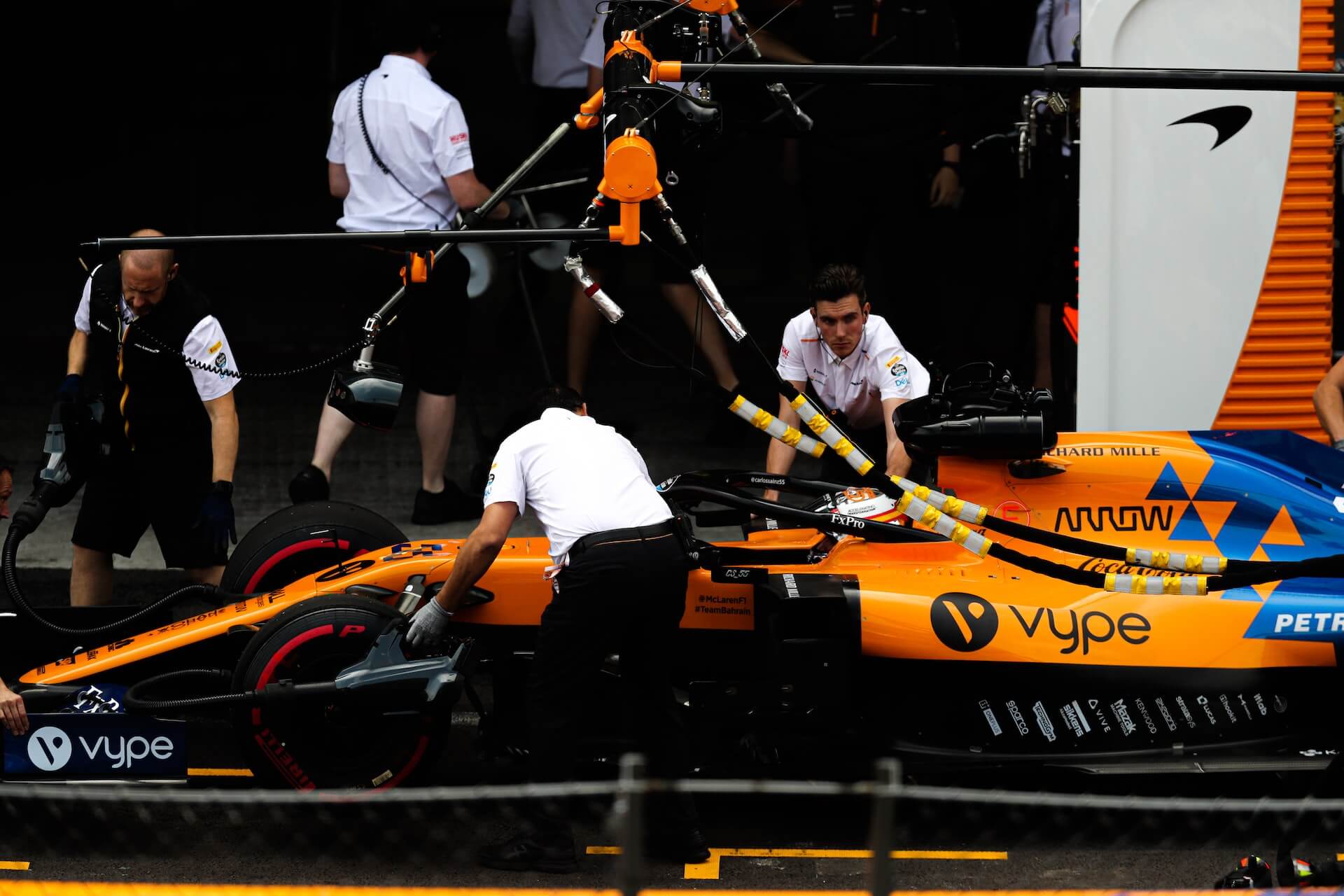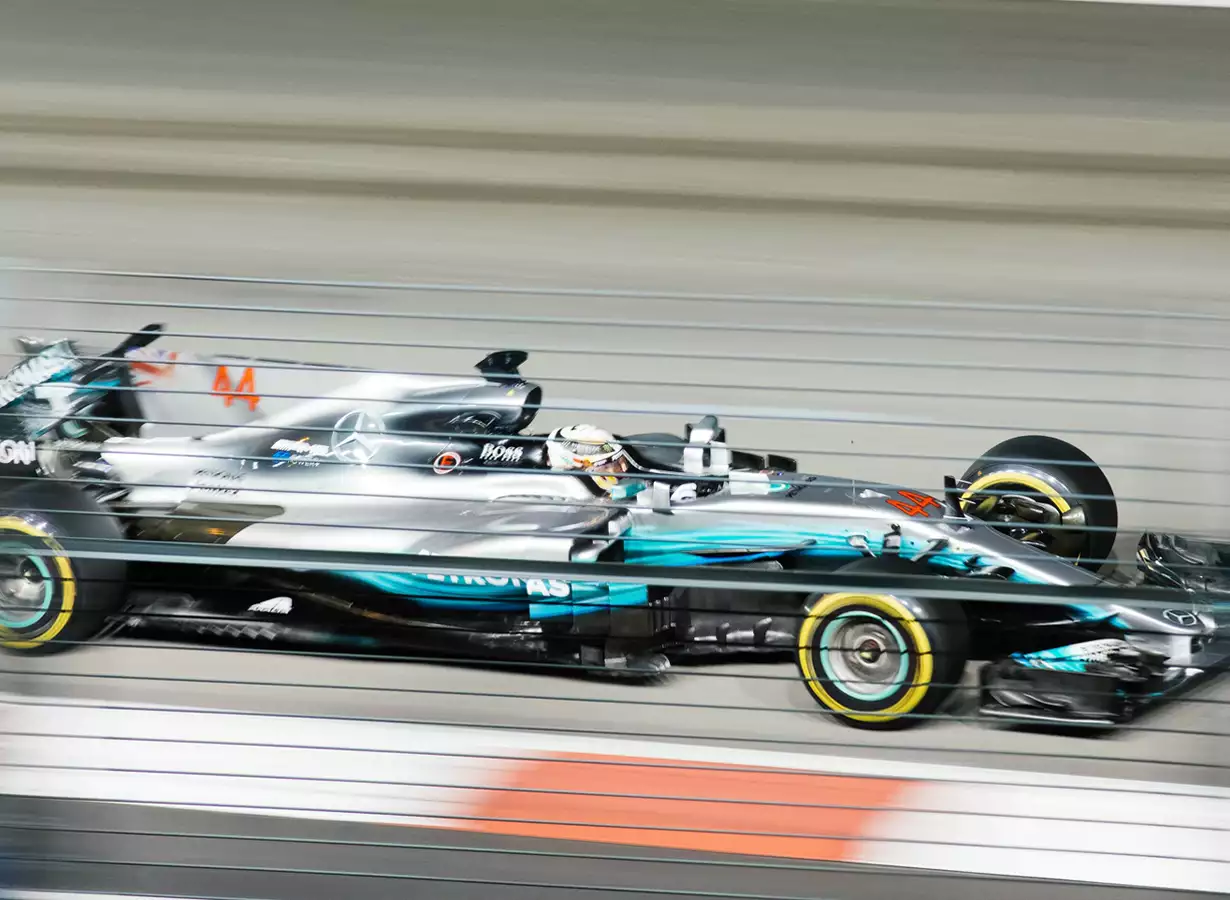Effective stint management is critical in Formula One, as it can make the difference between a podium finish and a poor performance.
Teams must carefully balance tire wear and fuel consumption, while also planning pit stops to minimize time spent in the pits and maximize on-track performance. Drivers must also adapt their driving style to suit the conditions of each stint, making adjustments to their pace and racing strategy as needed.
In this article we will go through all the most important parts of a stint in F1!
Table of Contents
Watch this video to learn more about race strategies and how long stints teams choses..
What is a Stint in F1?
A stint in Formula One is a continuous period of driving during a race. It typically involves multiple laps around the circuit and can vary in length depending on factors such as tire wear, fuel consumption, and race strategy.
Stint management is critical in F1, with teams carefully balancing tire wear, fuel consumption, and pit stop strategy. Telemetry data is used to monitor performance and make adjustments as needed. Drivers must adapt to different stints during the race, adjusting their driving style to maximize the performance of their car and manage their tires and fuel usage.
Pit stops are also carefully planned and timed to minimize time spent in the pits and maximize on-track performance. Effective stint management is crucial in F1, as it can make the difference between winning and losing.
Key Takeaways
- A stint in Formula One refers to the period of time a driver spends on a particular set of tires during a race.
- Managing stints is crucial to success in Formula One racing, as it involves balancing factors such as tire wear, fuel consumption, and pit stop strategy.
- Stint performance analysis is used to monitor and optimize performance during a race, and involves data collection and analysis of key performance metrics such as lap times, sector times, and tire and fuel usage.
- Effective use of stint performance metrics is key to identifying areas for improvement and optimizing performance for future races.
- Teams must stay on the cutting edge of technology and data analysis to gain a competitive advantage in the fast-paced world of Formula One racing.
- Pit stop strategy plays a crucial role in stint management, and teams must carefully time and plan their pit stops to maximize performance.
- Tire wear and degradation during a stint is closely monitored and managed by teams to ensure optimal performance.
- Fuel consumption is also a critical factor in stint management, and teams must balance fuel efficiency with performance to achieve success in Formula One racing.

Factors affecting Stint Management in F1
Effective stint management is a critical component of success in Formula One racing, and is influenced by a variety of factors. Three of the most important factors affecting stint management are tire management, fuel management, and pit stop strategy.
Tire wear and tire degradation is a key factor that can affect performance during a stint, and teams must carefully manage their tire usage to ensure maximum grip and performance. Fuel management is also critical, as fuel efficiency and consumption rates can vary widely during a race, and teams must balance fuel usage with overall race strategy.
Finally, pit stop strategy is a key consideration, with different types of pit stops used in F1 and careful timing and planning necessary to minimize time spent in the pits.
Tire Management
Tire management is a critical factor affecting stint management in F1. Teams must carefully balance tire usage with overall race strategy, as tire wear and degradation can affect performance during a stint. F1 teams use several different types of tires, each with its own unique properties and performance characteristics.
During a race, tires will experience wear and degradation, with factors such as track temperature, tire pressure, and driving style all affecting tire performance. Effective tire management involves closely monitoring telemetry data during the race, analyzing sector times and lap times, and making adjustments to their race strategy as needed to optimize tire performance.
Fuel Management
Fuel management is another key factor that can affect stint management in F1. Fuel efficiency and consumption rates can vary widely during a race, and teams must carefully balance fuel usage with overall race strategy. F1 cars have a limited amount of fuel available for the race, and using it efficiently is critical to maximize performance.
During a stint, drivers must manage their fuel consumption carefully, adjusting their driving style as needed to conserve fuel while maintaining performance. Effective fuel management involves closely monitoring telemetry data, analyzing fuel consumption rates, and making adjustments to race strategy as needed to optimize fuel usage.
Pit Stop strategy
Pit stop strategy is a critical factor that can affect stint management in F1. Different types of pit stops are used in F1, including regular pit stops for tire changes and fueling, and strategic pit stops to gain a performance advantage. Timing and planning of pit stops during a stint is also critical, as pit stops can result in lost time on the track.
F1 teams use telemetry data to monitor the performance of their car and make decisions about when to pit, analyzing factors such as tire wear and fuel consumption rates to optimize pit stop strategy. Effective pit stop strategy involves carefully balancing the need for pit stops with overall race strategy, and making strategic decisions to minimize time spent in the pits while maximizing on-track performance.
Stint Performance Analysis
Stint performance analysis is a critical component of Formula One racing, and is used to analyze and optimize performance during a race. Teams use a variety of data collection and analysis techniques to monitor the performance of their car during a stint, and make adjustments to their race strategy as needed.
Post-race analysis of stint performance is also important, as it can help teams identify areas for improvement and optimize performance for future races.
Data collection and analysis
Data collection and analysis is a critical component of stint performance analysis in Formula One. Telemetry data is used to monitor the performance of the car during a race, including factors such as tire wear, fuel consumption, and overall performance metrics.
Teams use this data to make adjustments to their race strategy in real-time, and also conduct post-race analysis to identify areas for improvement. Effective data collection and analysis involves close monitoring of the car’s performance, use of advanced data analysis techniques, and a thorough understanding of the key performance metrics.
Stint performance metrics
Stint performance metrics are a critical component of performance analysis in Formula One. Key metrics include lap times and sector times, which are used to monitor the performance of the car during a race and identify areas for improvement. Tire and fuel usage during a stint is also important, as it can affect the overall performance of the car and the strategy used during the race.
Teams use this data to make adjustments to their race strategy in real-time, and also conduct post-race analysis to optimize performance for future races. Effective use of stint performance metrics involves a thorough understanding of the key performance metrics and advanced data analysis techniques.
Frequently asked questions
What is a stint in Formula One?
How do teams manage stints in Formula One?
How do drivers adapt to different stints during a race in Formula One?
Conclusion
In conclusion, stint management is a crucial aspect of Formula One racing. The success of a driver and their team relies heavily on their ability to manage their tires, fuel consumption, and pit stop strategy during a race. Stint performance analysis is used to monitor and optimize performance during a race, and data collection and analysis is critical to this process. Effective use of stint performance metrics is key to identifying areas for improvement and optimizing performance for future races.
As Formula One continues to evolve, teams must stay on the cutting edge of technology and data analysis to gain a competitive advantage. Through careful management of stints and performance analysis, drivers and their teams can achieve success in the fast-paced world of Formula One racing.
Article sources
Learn more about Formula One
Want to learn more about F1? Then visit our Formula 1 glossary and dictionary.



